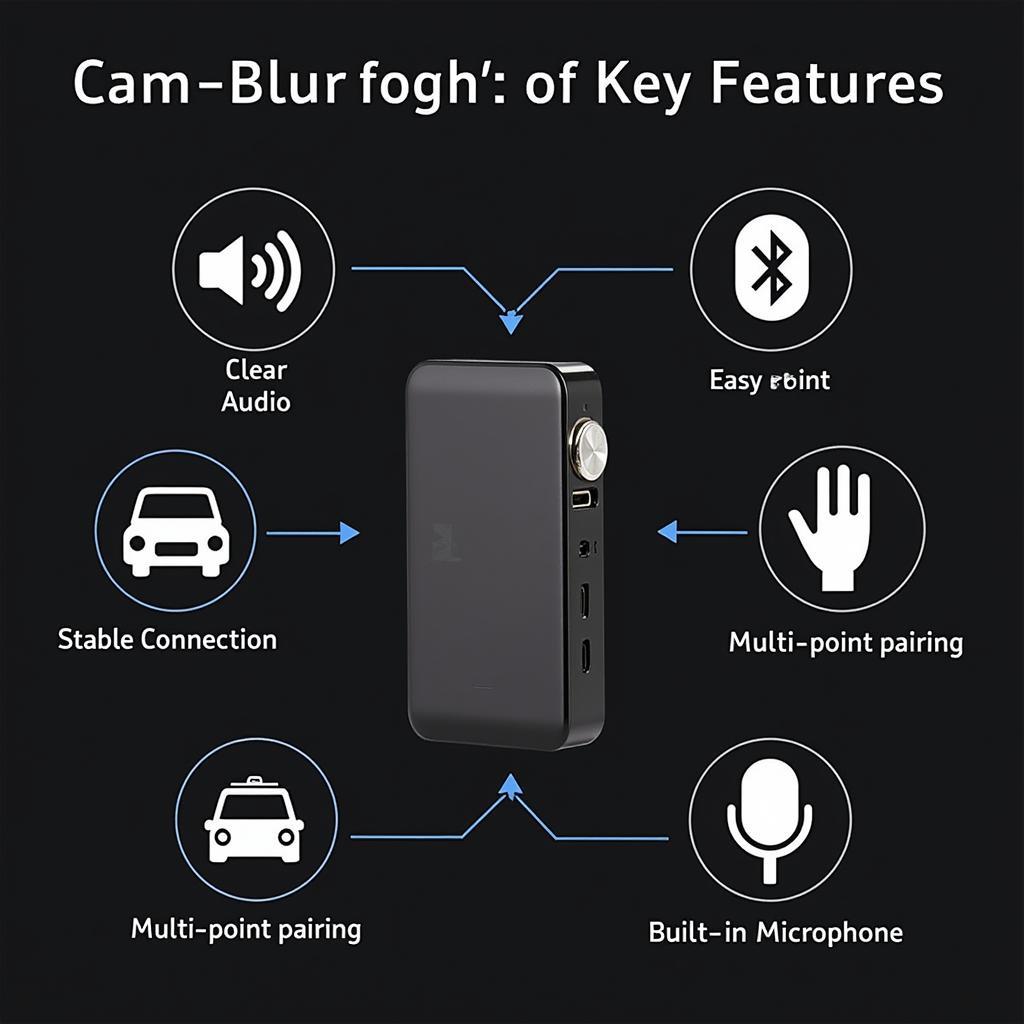Walking into a store, you’re surrounded by products protected by anti-theft devices. But how do these systems actually work to deter shoplifters and protect merchandise? Let’s delve into the fascinating world of retail security.
Understanding the Basics of Anti Theft Systems
Retailers use a combination of technologies to combat theft. These systems are designed to prevent shoplifting, track inventory, and improve overall store security.
Common Types of Anti Theft Systems
- Electronic Article Surveillance (EAS) Tags: These are the small, often-unnoticed tags attached to merchandise. They come in various forms:
- Radio-Frequency (RF) Tags: These are the most common type. RF tags use a simple circuit and antenna to emit a weak radio signal.
- Acusto-Magnetic (AM) Tags: AM tags use a strip of metal that resonates at a specific frequency when exposed to an electromagnetic field.
- Magnetic Tags: These tags contain a strip of ferromagnetic material that can be detected by sensors.
- Pedestals and Detection Systems: Located at store exits, these systems emit electromagnetic waves that interact with EAS tags. If an active tag passes through the field, an alarm is triggered.
- CCTV Cameras: Closed-circuit television cameras are strategically placed throughout the store to monitor customer and employee activity. They act as a deterrent and provide valuable evidence in case of theft.
- Security Mirrors: Convex mirrors provide a wider field of view, allowing store staff to monitor blind spots and deter potential shoplifters.
How EAS Tags Trigger Alarms
When an item with an active EAS tag passes through the detection zone at an exit, the following occurs:
- Detection: The pedestals emit an electromagnetic field that interacts with the tag.
- Signal Transmission: The tag transmits a signal in response to the field.
- Alarm Activation: The detection system receives the signal and triggers an audible or visual alarm, alerting store personnel.
Deactivating EAS Tags at Checkout
When you purchase an item with an EAS tag, the cashier will deactivate it at the checkout counter to prevent the alarm from triggering as you exit.
- RF Tag Deactivation: RF tags are typically deactivated by a deactivation pad at the checkout. This pad emits a strong electromagnetic pulse that disrupts the tag’s circuit.
- AM Tag Deactivation: AM tags are deactivated by passing them over a strong magnet.
- Magnetic Tag Removal: Magnetic tags are typically removed with a special detacher tool that releases the pin or lock holding the tag together.
The Role of Technology in Modern Loss Prevention
Advancements in technology are continually shaping the future of retail security. Here are some notable developments:
- RFID Technology: Radio-frequency identification (RFID) tags are gaining popularity. They can store more information than traditional EAS tags and can be read from a distance, enabling real-time inventory tracking and enhanced loss prevention measures.
- Artificial Intelligence (AI): AI-powered systems can analyze video footage from security cameras to identify suspicious behavior patterns, providing proactive security alerts.
- Integrated Systems: Modern loss prevention solutions often integrate various technologies, such as EAS systems, CCTV cameras, and analytics software, to provide a comprehensive approach to security.
FAQs About Anti Theft Systems in Stores
- What happens if a cashier forgets to deactivate a tag? If you accidentally walk out of a store with an active tag, the alarm will likely sound. Simply return to the cashier, and they can deactivate it for you.
- Can I reuse EAS tags? No, most EAS tags are designed for one-time use and cannot be reactivated after deactivation or removal.
- Do anti-theft systems emit harmful radiation? The electromagnetic fields emitted by EAS systems are very weak and considered safe for humans.
For in-depth information on automotive diagnostic tools and software, explore the resources available at Cardiagtech. We offer a range of products to assist with vehicle diagnostics and repairs. If you’re experiencing issues with your vehicle’s anti-theft system, consider using a professional-grade diagnostic scanner, like those offered on Cardiagtech, to pinpoint the problem.
Contact Cardiagtech today for expert guidance and solutions tailored to your automotive diagnostic needs.



